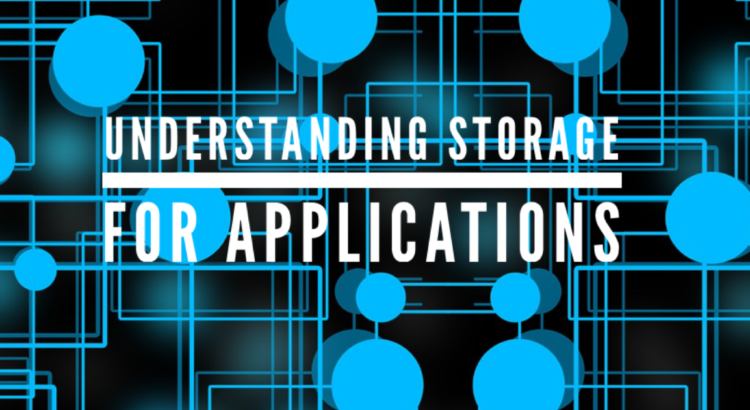What types of storage are needed for different aspects of AI? That was one of the many topics covered in our SNIA Networking Storage Forum (NSF) webcast “Storage for AI Applications.” It was a fascinating discussion and I encourage you to check it out on-demand. Our panel of experts answered many questions during the live roundtable Q&A. Here are answers to those questions, as well as the ones we didn’t have time to address.
Q. What are the different data set sizes and workloads in AI/ML in terms of data set size, sequential/ random, write/read mix?
A. Data sets will vary incredibly from use case to use case. They may be GBs to possibly 100s of PB. In general, the workloads are very heavily reads maybe 95%+. While it would be better to have sequential reads, in general the patterns tend to be closer to random. In addition, different use cases will have very different data sizes. Some may be GBs large, while others may be <1 KB. The different sizes have a direct impact on performance in storage and may change how you decide to store the data.
Read More
